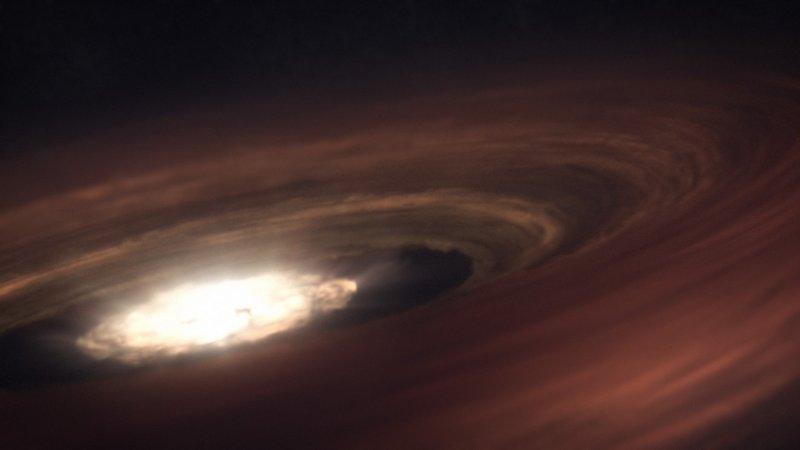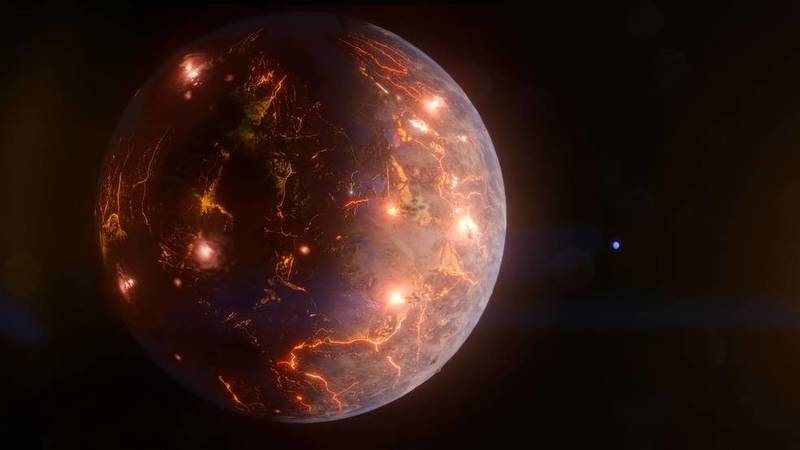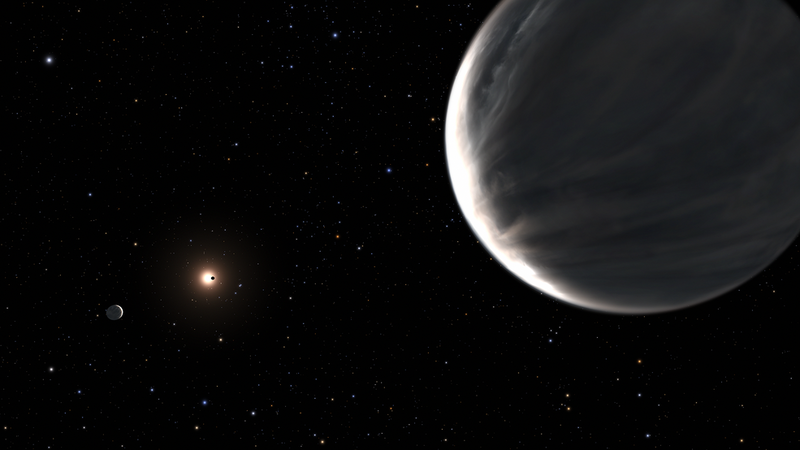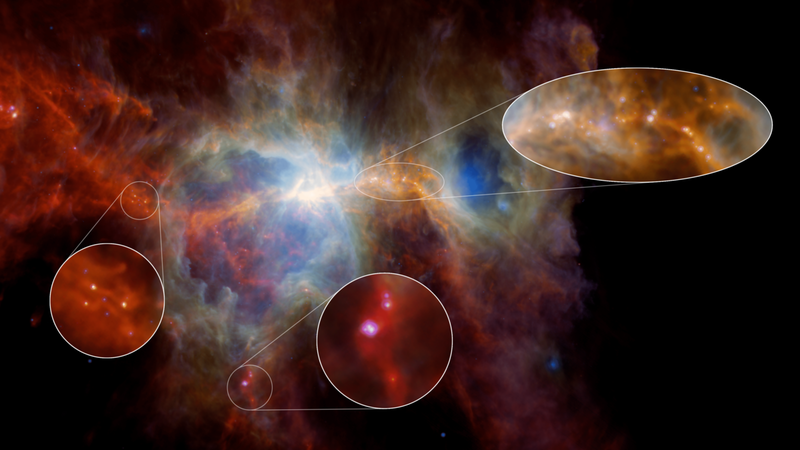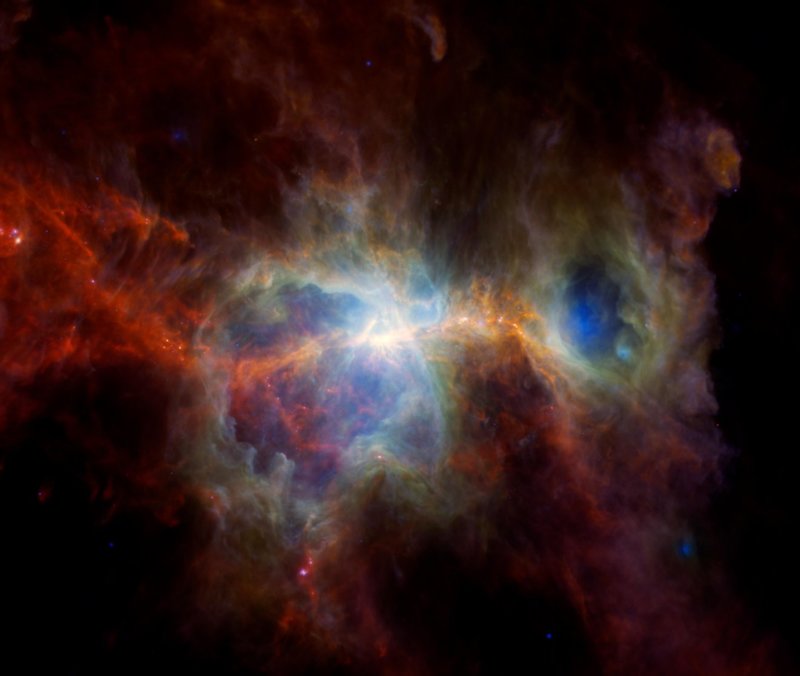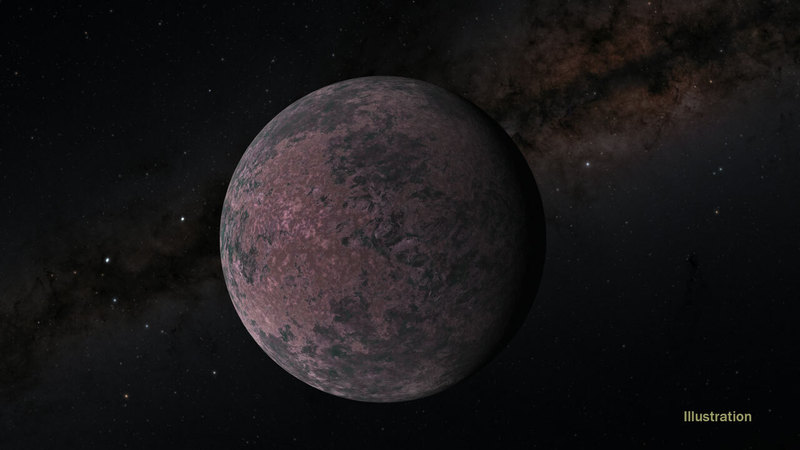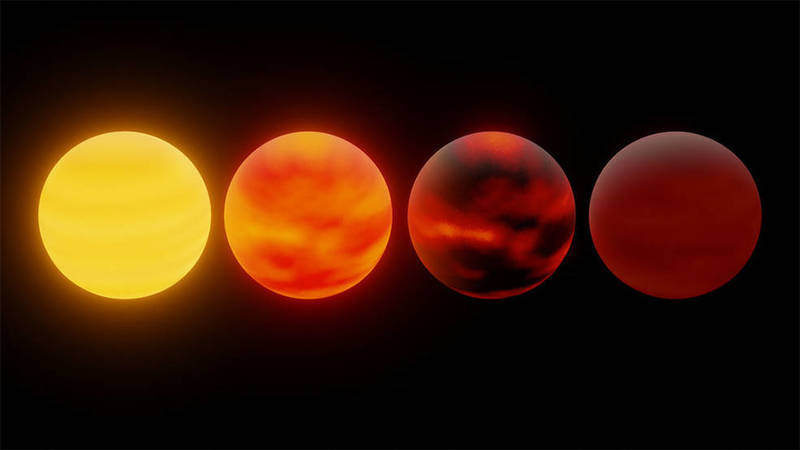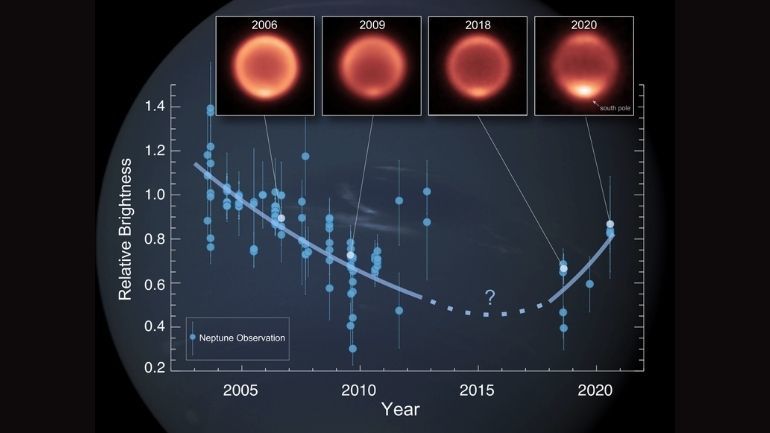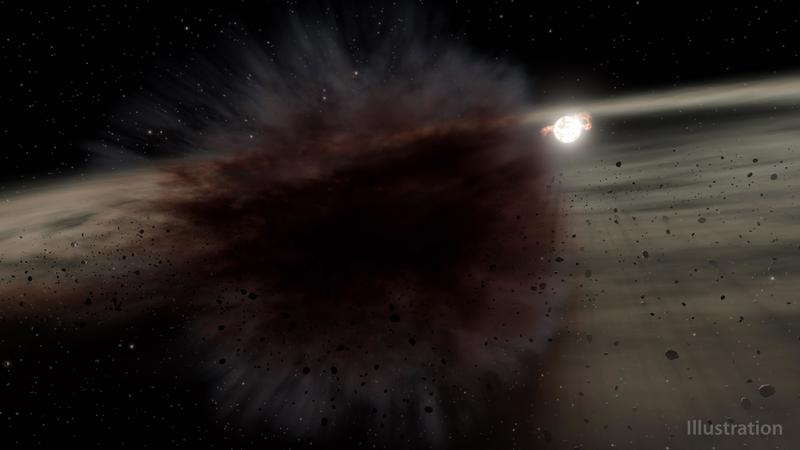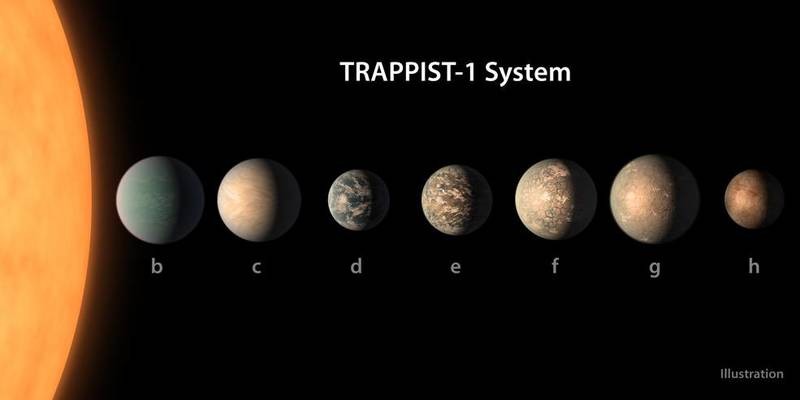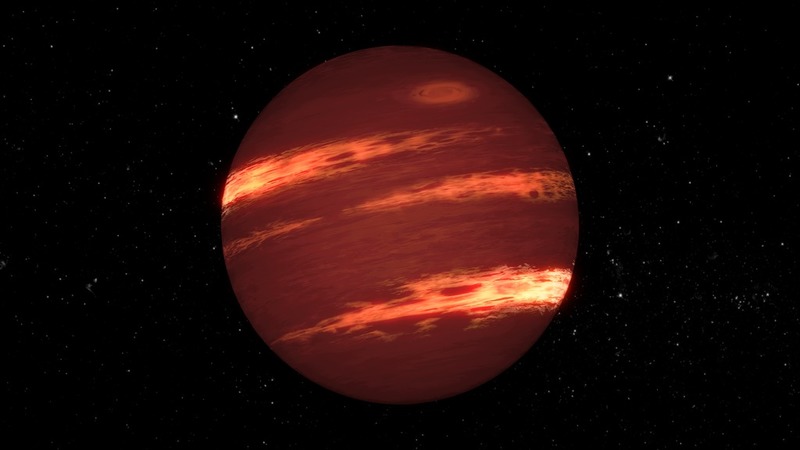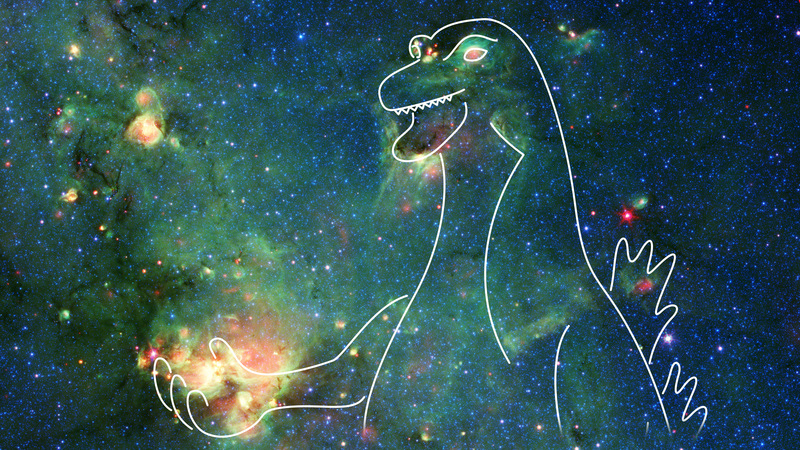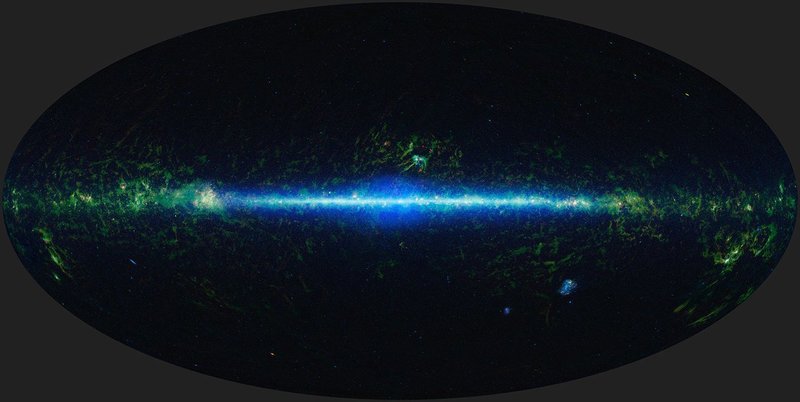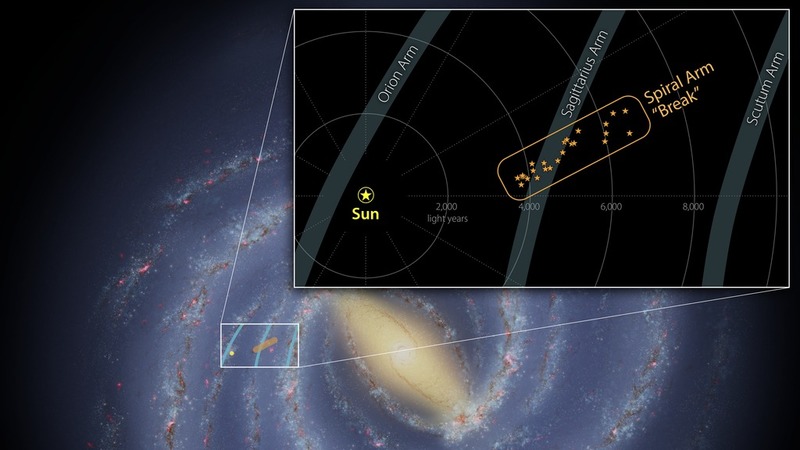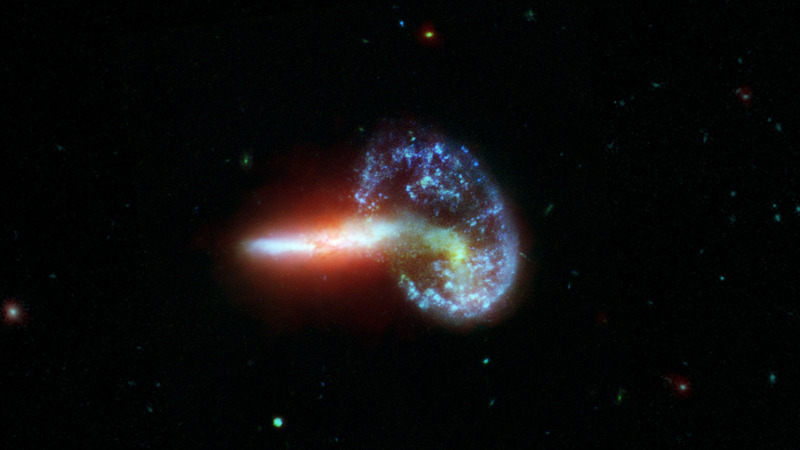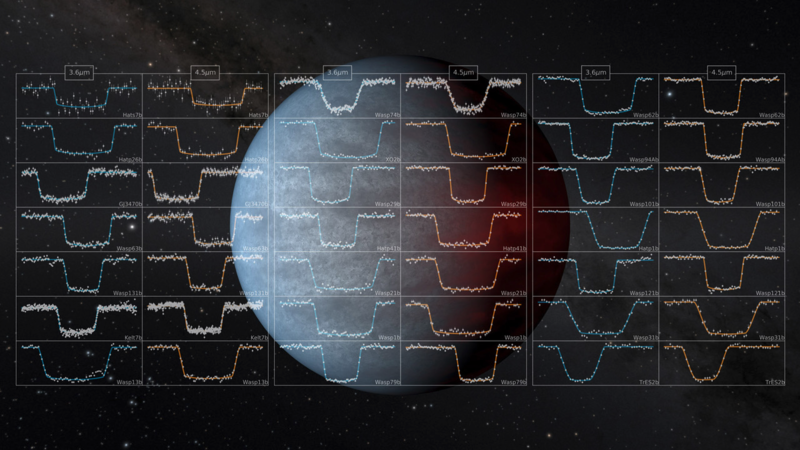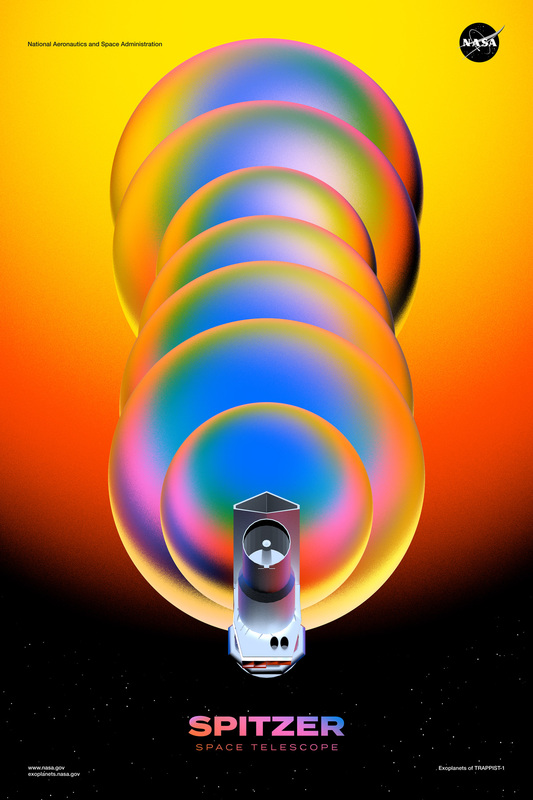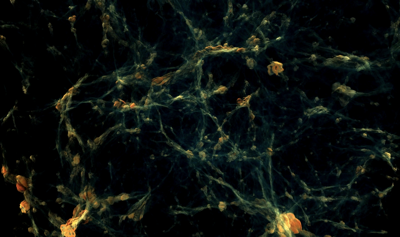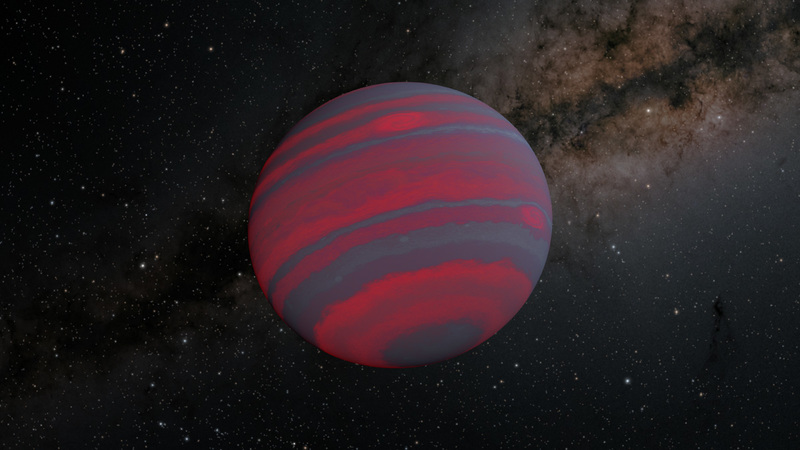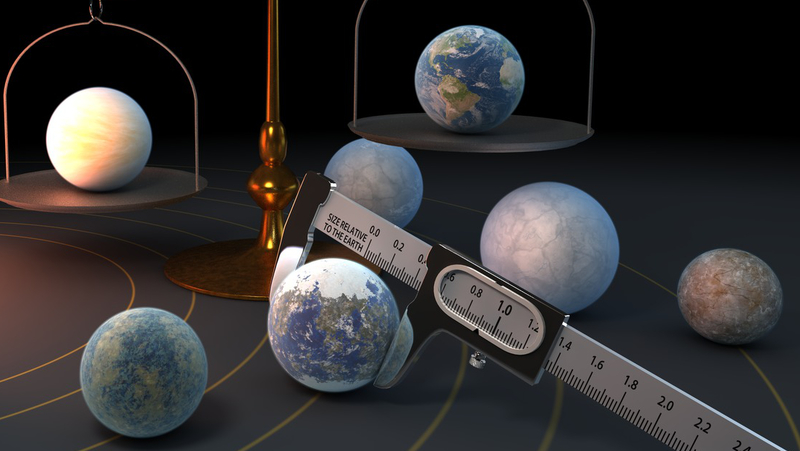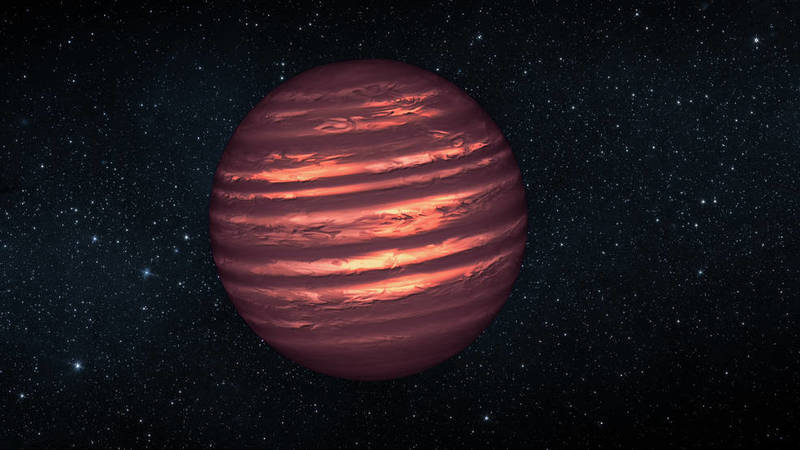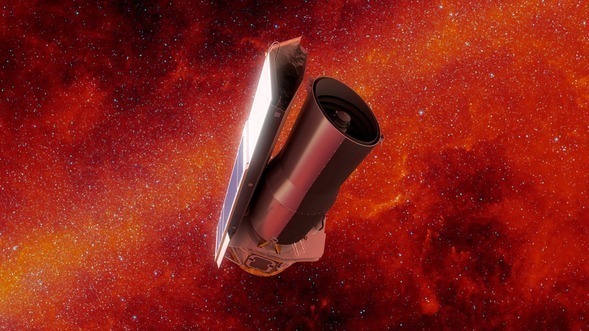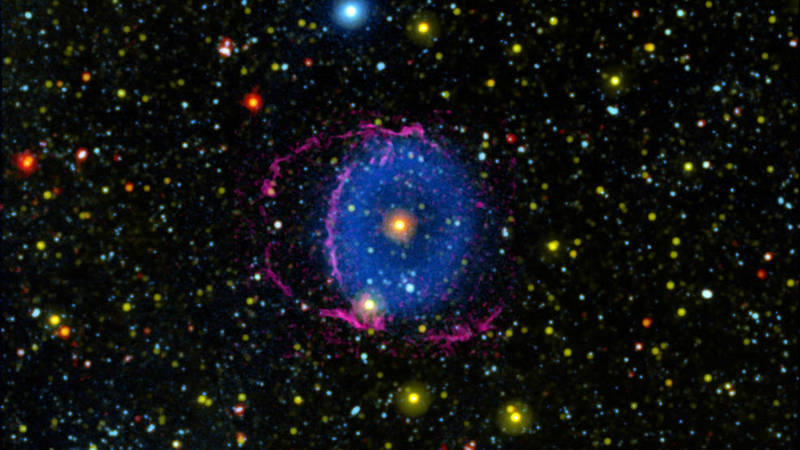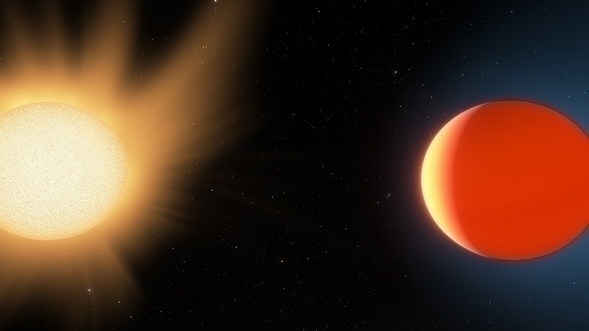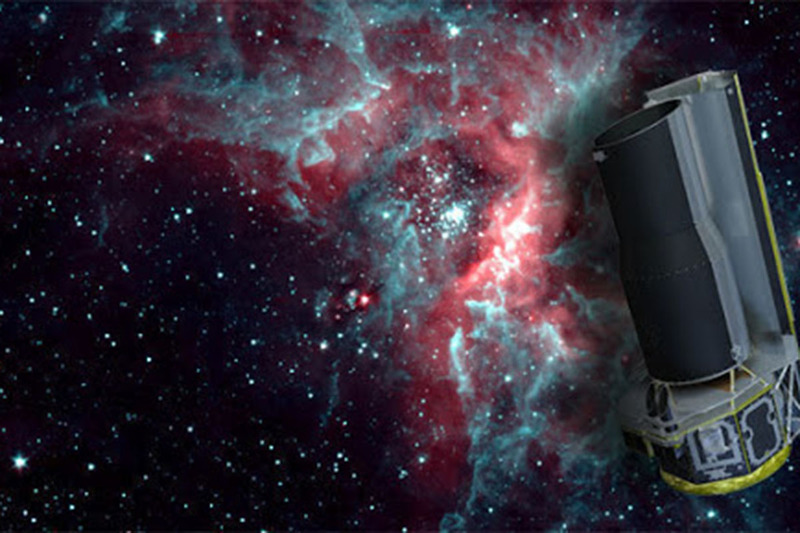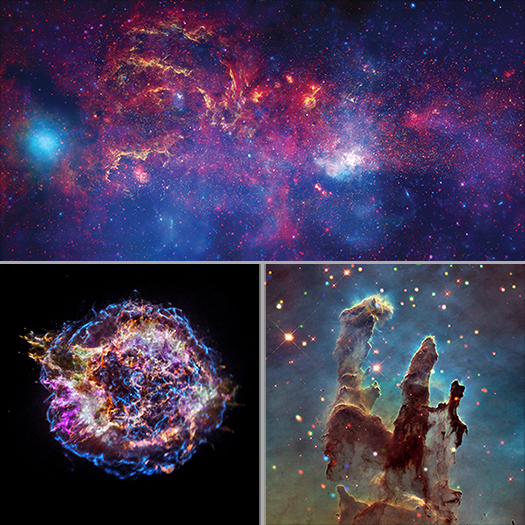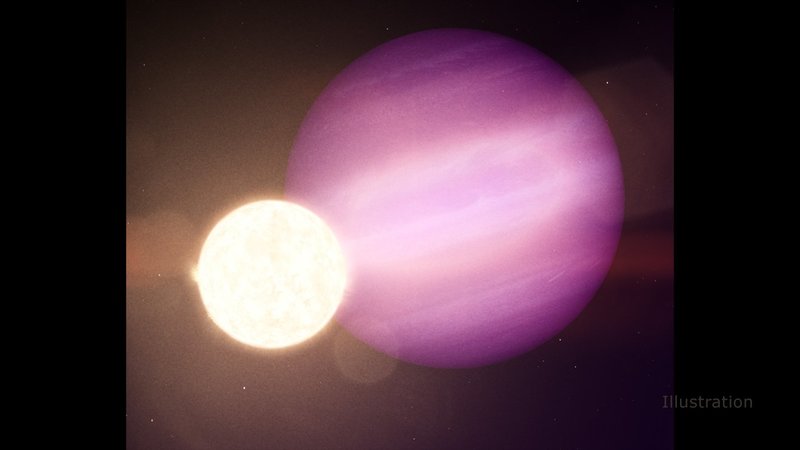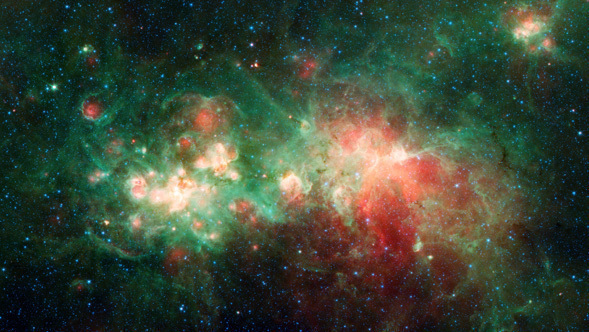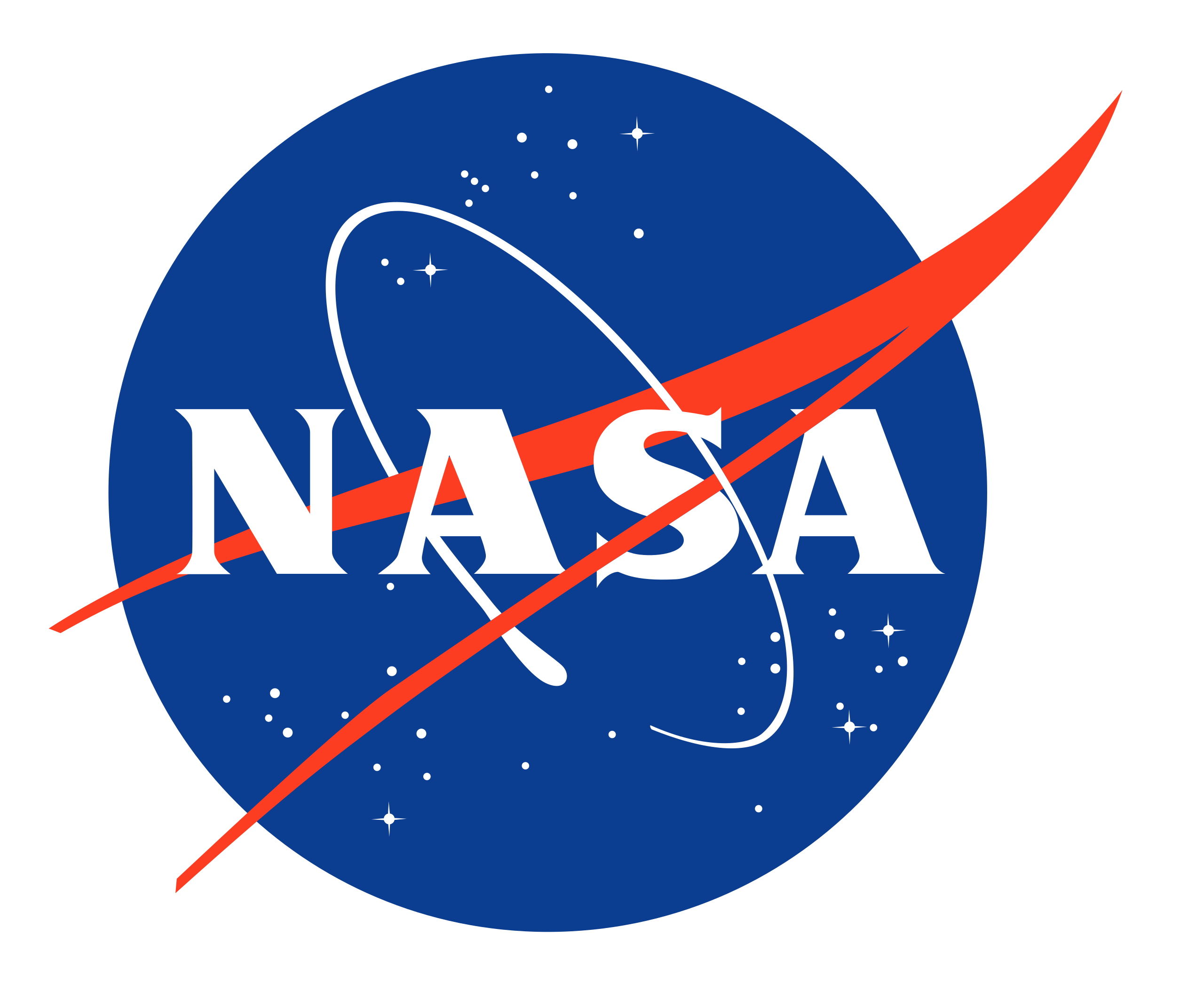In images from NASA's retired Spitzer Space Telescope, streams of dust thousands of light-years long flow toward the supermassive black hole at the heart of the Andromeda galaxy. It turns out these streams can help explain how black holes billions of times the mass of our Sun satiate their big appetites but remain "quiet" eaters.
Astronomers have discovered an Earth-size exoplanet, or world beyond our solar system, that may be carpeted with volcanoes. Called LP 791-18 d, the planet could undergo volcanic outbursts as often as Jupiter’s moon Io, the most volcanically active body in our solar system.
A team led by researchers at the University of Montreal has found evidence that two exoplanets orbiting a red dwarf star are "water worlds," where water makes up a large fraction of the entire planet.
The youngest stars often shine in bright bursts as they consume material from surrounding disks.
In a tale of cosmic proportions, the region is being transformed by the massive stars that live and die within it.
GJ 1252 b, a rocky, terrestrial "super-Earth" discovered in 2020, has been given a closer look and astronomers have found that the exoplanet could have a very minimal atmosphere or possibly no atmosphere at all.
A new study using archival observations by the now-retired Spitzer Space Telescope found a common trait among distant worlds where the exotic clouds form.
New research led by space scientists at the University of Leicester has revealed how temperatures in Neptune’s atmosphere have unexpectedly fluctuated over the past two decades.
Major smashups between rocky bodies shaped our solar system. Observations of a similar crash give clues about how frequent these events are around other stars.
Five years ago, astronomers revealed a spectacular collection of other worlds: the TRAPPIST-1 system.
The infrared observatory may help answer questions about planets outside our solar system, or exoplanets, including how they form and what drives weather in their atmospheres.
Just like clouds on Earth, clouds of gas and dust in space can sometimes resemble familiar objects, or even popular movie creatures.
Brown dwarfs aren’t quite stars and aren’t quite planets, and a new study suggests there might be more of them lurking in our galaxy than scientists previously thought.
The newly discovered feature offers insight into the large-scale structure of our galaxy, which is difficult to study from Earth’s position inside it.
Exploding stars generate dramatic light shows. Infrared telescopes like Spitzer can see through the haze and to give a better idea of how often these explosions occur.
Among the first, and strangest, planets to be detected around other stars is a variety known as “hot Jupiters” – star-hugging, superheated giants once thought so unlikely that many scientists doubted their existence.
This poster depicts the TRAPPIST-1 planets, some of which were discovered by Spitzer.
Cosmic dawn, when stars formed for the first time, occurred 250 million to 350 million years after the beginning of the universe, according to a new study led by researchers at UC Santa Cruz, the University College London, and the University of Cambridge.
Brown dwarfs, sometimes known as “failed stars,” can spin at upwards of 200,000 mph, but there may be a limit to how fast they can go.
Precise measurements reveal that the exoplanets have remarkably similar densities, which provides clues about their composition.
Is our solar system located in a typical Milky Way neighborhood? Scientists have gotten closer to answering this question, thanks to the NASA-funded Backyard Worlds: Planet 9 project, a “citizen science” collaboration between professional scientists and members of the public.
NASA’s Spitzer Space Telescope was officially decommissioned on January 30, 2020, but Spitzer’s discoveries will continue for years to come. A great way to learn about these science tidbits is to continue to follow Spitzer’s social media feeds under their new branding of “ExploreAstro at Caltech IPAC.”
The Blue Ring Nebula, which perplexed scientists for over a decade, appears to be the youngest known example of two stars merged into one.
An international team of scientists recently measured the spectrum of the atmosphere of a rare hot Neptune exoplanet, whose discovery by NASA's Transiting Exoplanet Survey Satellite (TESS) was announced just last month.
The papers provide an inventory of some of the greatest discoveries of the past decade and suggest targets for the next generation telescope, scheduled to launch in 2021.
Telescopes give us a chance to see what the Galactic Center looks like in different types of light. By translating the inherently digital data (in the form of ones and zeroes) captured by telescopes in space into images, astronomers create visual representations that would otherwise be invisible to us.
The violent events leading up to the death of a star would likely drive away any planets. The newly discovered Jupiter-size object may have arrived long after the star died.
The most massive stars in the universe are born inside cosmic clouds of gas and dust, where they leave behind clues about their lives for astronomers to decode.
Displaying news 1 - 30 of 587 in total


